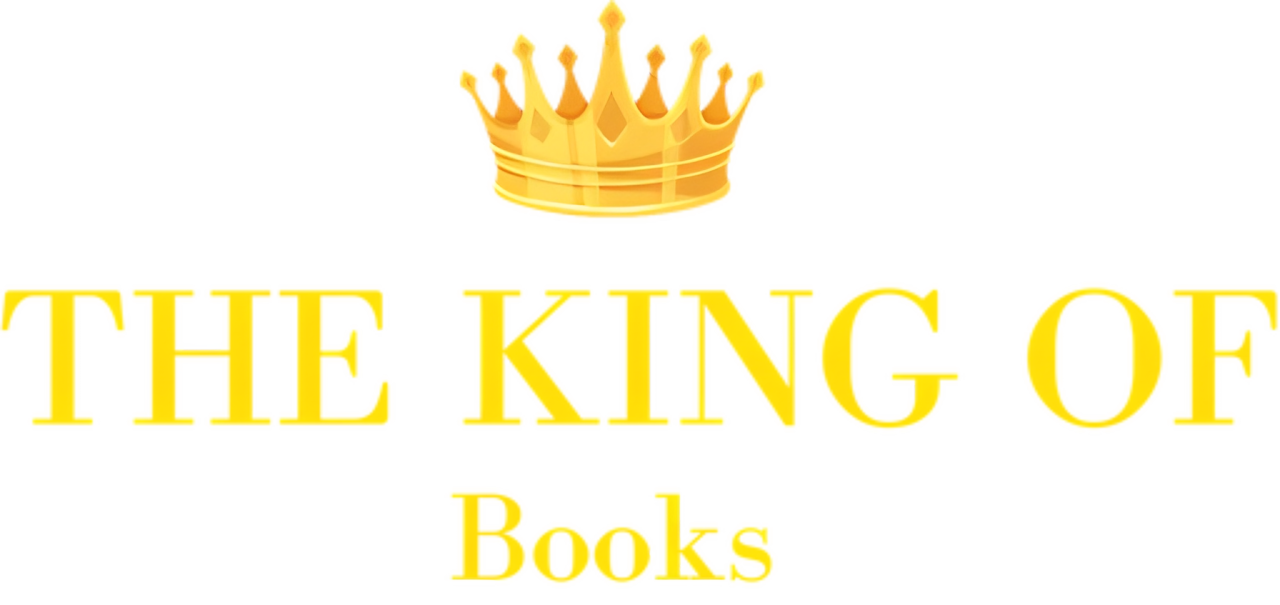
Conservation and Biodiversity: A Scientific American Library Book
Today the world faces the prospect of a devastating mass extinction, as species disappear at a rate that is many times faster than at any previous time in the earth's history. Finding ways to preserve the planet's rich variety of species is the challenge being taken up by conservation biologists, scientists who use their knowledge of ecology, genetics, and population dynamics to develop strategies for conserving biodiversity based on scientific principles.
What really is the extent of biodiversity loss and how does one go about figuring it out? Why is biodiversity valuable for the earth and ourselves, and what can be done to conserve it? These are the questions that Andrew Dobson, a leading researcher and Princeton professor of ecology and epidemiology, addresses in his book.
Beginning with discussions of species diversity, extinction rates, and how species endangerment is determined, Dobson goes on to discuss what is perhaps the book's most fascinating topic: the ins and outs of attempts to manage endangered species and the economics of different conservation strategies. The author describes the changes in animal populations before and after management attempts - from fish to whales, from the ivory trade in elephants to sales of rhino horns - and he analyzes the function of zoos and attempts to reintroduce species into the wild.

Gratis en snelle levering

Verzending op dezelfde dag




